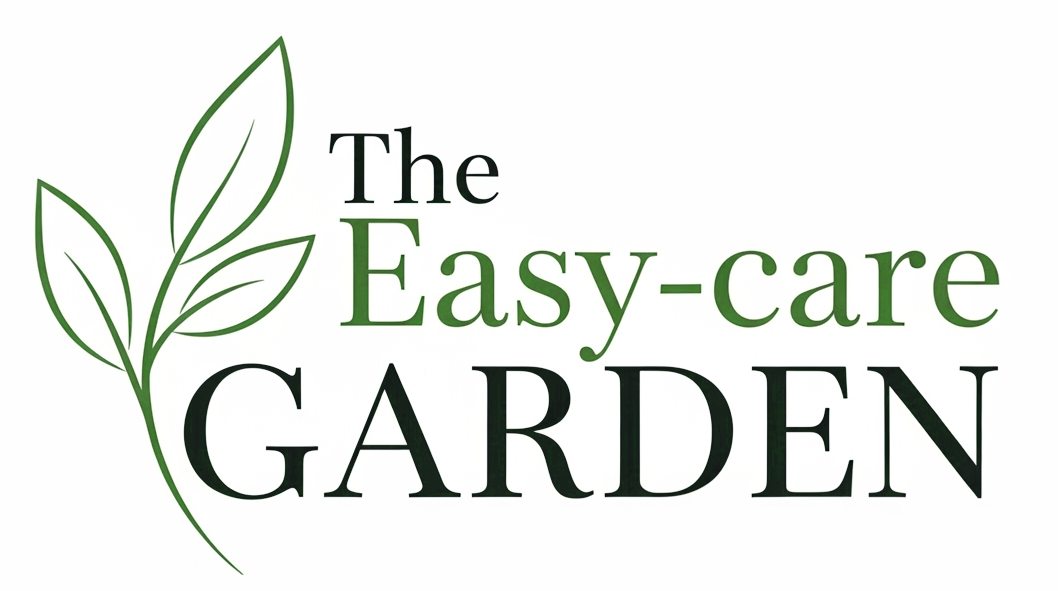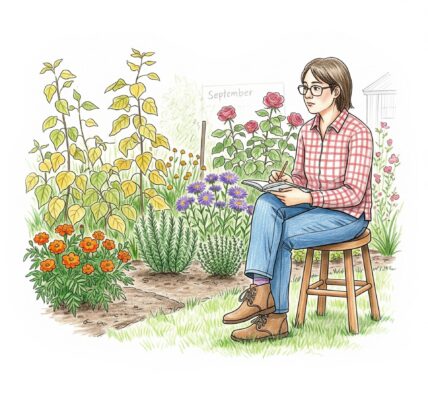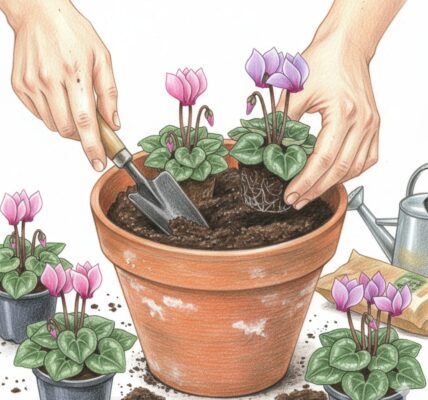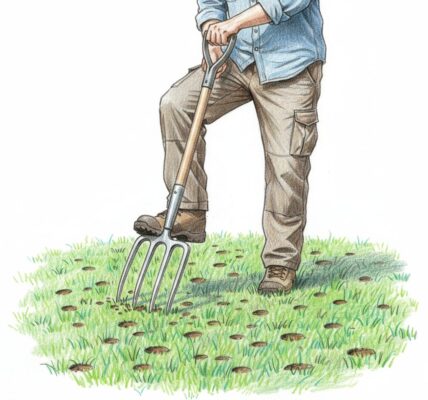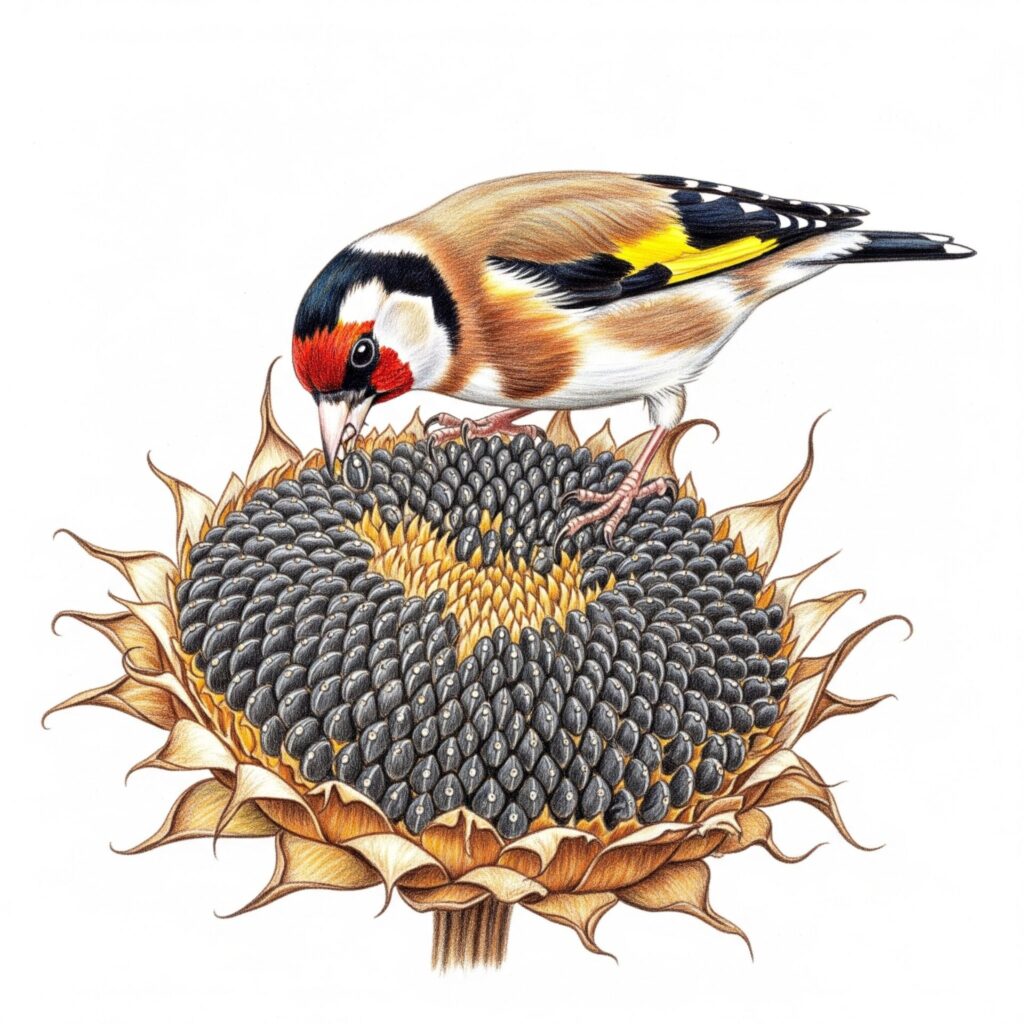
For the easy-care gardener, September is a month of thoughtful decisions. While the impulse to deadhead every spent flower for a tidy finish is strong, a truly wildlife-friendly approach involves pausing to consider the bigger picture. Leaving some spent flowers to form seed heads is one of the simplest and most effective ways to provide for your garden’s feathered visitors. Instead of a pristine display, you create a natural pantry that will sustain birds well into the colder months. It’s a low-effort choice that yields a high reward for nature.
Many common garden plants produce seeds that are a staple food for British birds. Sunflowers, in particular, are a favorite, as are the seed heads from rudbeckia, verbena, and various ornamental grasses. Finches, in particular, are known to descend on a garden rich with these resources. You’ll often see them acrobatically clinging to the stalks, expertly picking out the seeds. By allowing these plants to go to seed, you’re not just feeding the birds; you’re also encouraging them to stay in your garden, providing you with a front-row seat to their lively antics.
This practice also adds a wonderful new dimension to your garden’s aesthetic. The architectural shapes of dried seed heads and grasses create a striking visual interest that continues long after the blooms have faded. As the seasons change, these structures can catch the frost and create a beautiful, skeletal landscape, which is an increasingly popular feature in modern garden design. This low-maintenance approach proves that a garden can be both beautiful and functional, supporting nature while offering its own unique form of beauty. By leaving these seeds, you’re not only providing food, but you’re also fostering a stronger, more resilient ecosystem right on your doorstep.
